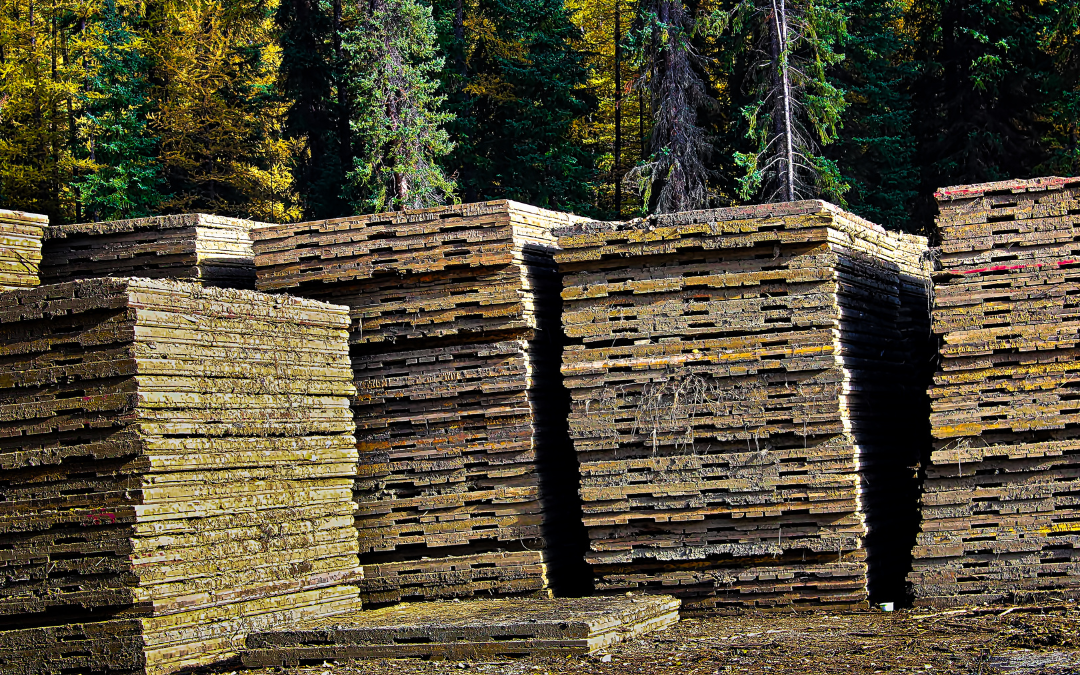Construction sites are dynamic environments that require meticulous planning and organization to ensure safety, efficiency, and smooth operations. One critical aspect of managing these sites is the use of various types of mats. These products serve multiple purposes, from stabilizing ground conditions to protecting the environment and ensuring worker safety.
Understanding the different types of mats, from construction mats to rig mats, used in construction and their specific applications can significantly enhance the overall efficiency of on-site tasks. This article explores the essential mats for construction sites and their diverse uses for hassle-free operations.
1. Access Mats
Access or ground protection mats are vital for creating temporary roadways and work platforms on construction sites. These items stabilize soft or uneven terrain, providing a solid foundation for heavy machinery and equipment. Access mats distribute the weight evenly, preventing vehicles from sinking into the ground and reducing the risk of getting stuck. This stabilization is crucial for maintaining a smooth flow of operations, especially in areas with challenging ground conditions. High-quality access mats are durable, easy to install, and can bear the weight of any heavy machinery, ensuring that construction activities proceed without interruptions.
2. Crane Mats
Crane mats, also called timber or construction mats, are specifically designed to support heavy cranes and other large equipment. These products provide a stable base, distributing the weight of the machinery and preventing ground subsidence. Crane mats are essential in preventing accidents and ensuring the safety of both the equipment and the workers. They are typically made from hardwood or composite materials, offering high load-bearing capacity and durability. By using these materials, construction sites can safely operate heavy lifting equipment, minimizing the risk of accidents and delays.
3. Mud Mats
Mud mats are crucial for construction sites that encounter wet and muddy conditions. These items provide traction and prevent vehicles and machinery from bogging down in the mud. Mud mats are typically made from geotextile materials and are lightweight, making them easy to deploy and move around the site. These materials help maintain a clean and safe working environment by preventing mud from spreading and creating hazardous conditions. Using such items ensures that construction activities can continue even in adverse weather conditions, reducing downtime and maintaining productivity.
4. Trench Covers
Trench covers are essential for protecting open trenches and excavations on construction sites. These covers are designed to provide a safe passage for workers and vehicles, preventing falls and accidents. Trench covers are made from durable materials such as steel or composite plastics, offering high strength and load-bearing capacity. They are easy to install and can be quickly removed when access to the trench is required. By using trench covers, construction sites can ensure the safety of all workers and minimize the risk of various accidents, contributing to a safer and more efficient working environment.
5. Rig Mats
Rig mats, also known as drilling or oilfield mats, support heavy drilling equipment and create stable work platforms in the oil and gas industry. These items are designed to withstand extreme loads and harsh environmental conditions. Rig mats are typically made from steel or composite materials, providing high durability and load-bearing capacity. They help prevent soil contamination by creating a barrier between the equipment and the ground, ensuring environmental protection. Using these products on construction sites where drilling activities occur ensures that operations can proceed smoothly and safely.
6. Composite Mats
Composite mats are versatile and widely used on construction sites for various applications. These products are made from high-strength polyethylene or fiberglass, offering excellent durability and load-bearing capacity. Composite mats are lightweight, making them easy to transport and install. They provide a stable surface for heavy machinery, prevent soil erosion, and protect sensitive environments. Such materials are also resistant to chemicals and extreme weather conditions, ensuring long-lasting performance. By using such materials, construction sites can enhance operational efficiency and protect the environment, guaranteeing hassle-free operations.
7. Walkway Mats
Walkway mats are essential for creating safe and accessible pathways for workers on construction sites. These products provide a stable and slip-resistant surface, decreasing the risks of slips, trips, and falls. Walkway mats are typically made from rubber or composite materials, offering high durability and traction. They are easy to install and can be quickly relocated as needed. By using such products, construction sites can ensure workers have safe and clear access to different areas, enhancing overall safety and efficiency. Such materials also help protect underlying surfaces from damage caused by heavy foot traffic.
Using various types of mats on construction sites is crucial for maintaining hassle-free operations, ensuring safety, and protecting the environment. By investing in high-quality mats and understanding their applications, construction sites can enhance productivity, reduce downtime, and create a protective working environment for all involved.









